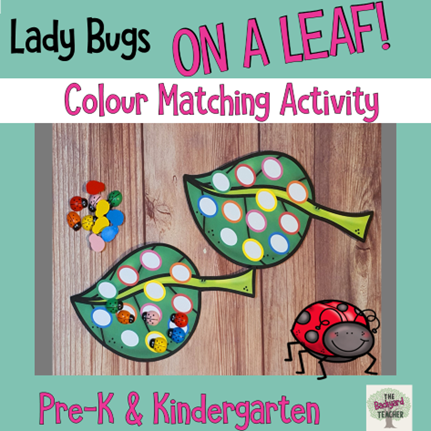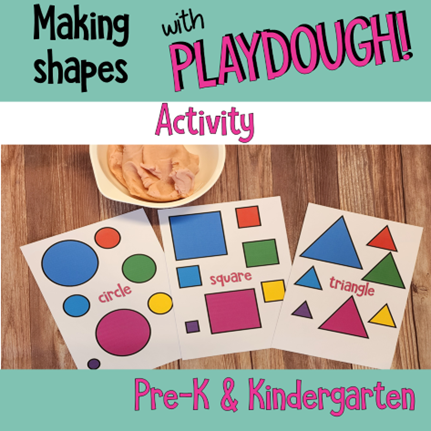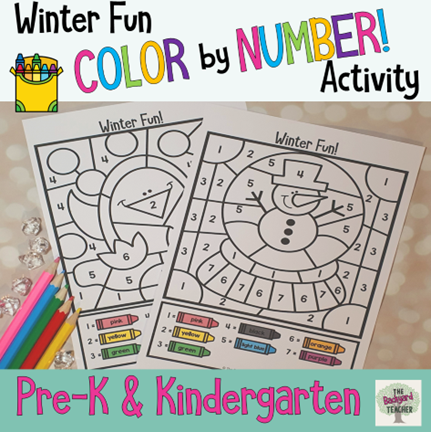
There’s a remarkable yet concerning trend catching our attention in Early Childhood. An increasing number of children are entering kindergarten without the essential fine motor skills they need to wield a pencil with confidence.
Starting School at a Disadvantage
More and more kids are starting kindergarten without the basic fine motor skills they need to pick up a pencil and write. It’s like they’re missing out on the little exercises that make their fingers nimble and strong.
Now, here’s the kicker: when these kiddos enter school without the finger finesse needed for pencil holding, it’s like they’re starting the race with a disadvantage. Kindergarten today involves a lot more writing and desk work compared to just a decade ago, and without those fine motor skills, it can be a real challenge.
So, we’ve got a bit of a situation on our hands (pun intended). It’s crucial to find ways to balance tech time with good old-fashioned arts and crafts to ensure our little learners are all set for their kindergarten adventures.
Demystifying Fine Motor Development: What You Need to Know
Fine motor skills are all about how we use the smaller muscle groups in our bodies, the secret superheroes behind many everyday tasks. Think about those nimble muscles in our hands, fingers, and wrists. They’re the MVPs when it comes to kids tying their shoelaces, writing their names legibly, or even mastering the act of cutting paper with scissors. But it’s not just about individual skills; it’s about the epic coordination that’s going on behind the scenes.
You see, these fine motor skills are the unsung heroes of our daily lives. They’re what allow us to feed ourselves, securely hold onto things, zip up our jackets, and fasten buttons. It’s like the fine motor skills pave the way for grander achievements, like rocking out on a musical instrument.
And it’s not just about what kids do with their hands. It’s how they engage with the world around them. By moving and touching objects, these skills provide crucial sensory input that helps children make sense of their surroundings. We’re talking about using these skills to pick up tiny objects (ever tried fitting a coin into a piggy bank?) or even getting dressed in the morning.

Why Are Fine Motor Skills Crucial for Kids?
Here’s the thing – when fine motor skills aren’t up to par, it can affect some of the simplest, yet essential tasks. Eating, writing legibly, working on a computer, flipping through a book, or even buttoning up a shirt become quite the challenge. These skills aren’t just about hand dexterity; they’re a dynamic dance of the eyes and hands working together, known as eye-hand coordination. We depend on these skills in school, at work, and in everyday activities. They’re like the invisible thread connecting our brains to our muscles, making those small but impactful movements possible.
So, whether it’s holding a pen, crafting beautiful art, typing on a keyboard, or wielding scissors and rulers like a pro, fine motor skills are the unsung champions. And let’s not forget the basics, like getting dressed or keeping those pearly whites clean – all thanks to these small but mighty movements.
Activities to Boost Fine Motor Development in Pre-K
So, what can we do to boost kids’ fine motor skills? Anything that uses their hands! There are so many different activities that can help kids develop fine motor strength and stamina, including:
- Playdough Play: Squishing, rolling, and shaping playdough is a fantastic way to build hand strength and coordination. Plus, it’s a creative blast.
- Coloring and Drawing: Get out the crayons, markers, and coloring books. Drawing and coloring within the lines hones those fine motor skills and encourages creativity.
- Stringing Beads onto a string or pipe cleaner is not only fun but also great for improving hand-eye coordination.
- Puzzles: Those little pieces can be a bit tricky, but they’re brilliant for fine motor development. Jigsaw puzzles, in particular, are fantastic.
- Cutting Practice: Give them child-safe scissors and let them snip away at paper. Cutting out shapes or making paper chains is both fun and skill-building.
- Buttoning and Zipping: Encourage them to practice buttoning their shirts or zipping up jackets. It’s practical and helps with fine motor skills.
- Using Tweezers: Activities that involve picking up small objects with tweezers, like a game of Operation, are super engaging.
And my personal favourite –
- Playing board games requires picking up game pieces, placing them on the board, and moving them around, honing their hand-eye coordination.
Signs to Watch Out For – Potential Fine Motor Issues
When a child’s fine motor skills are a bit underdeveloped, it can create some hiccups in their daily life.
For instance, a kiddo with less refined fine motor skills might be the one taking extra time to get dressed. They might need a bit more support with handwriting and everyday chores can feel like climbing a mountain. Even the simplest tasks involving small movements might take longer than expected.
A child may –
- struggle with learning how to tie shoelaces
- need help with buttons and zippers
- produce scribbly artworks, rather than age-appropriate drawings/paintings
- struggle to pick up small objects such as beads, counters, Lego pieces
- find it difficult to use both hands together, such as pouring juice into a cup.
To pull off precise, controlled small movements, your child’s hand muscles need to be strong. They also need to be able to see, sense, feel, and understand how objects work. Plus, they’ve got to be able to use their hands with pinpoint accuracy when they’re handling things. If any of these pieces of the fine motor skills puzzle are missing, it can affect their whole development.
So, if you want to make sure you’re preparing your kids for the big, wide world, start with the small stuff. Those fine motor muscles make more of a difference than you might think!
This fun bead threading activity is really useful in developing kids’ fine motor control, and the cute bug theme is engaging! You can snag it for free by clicking the picture above. I also have a range of fine motor activities in my TPT store – just click on the pictures below to check them out. Download the previews and see what’s inside!



If you would like to read more about developing fine motor skills such as using scissors, you can read a post HERE.
As always, if you have any questions or want advice on a problem, leave a comment below and I’ll get in touch!

You can sign up for future content and a scissor skills freebie HERE!



